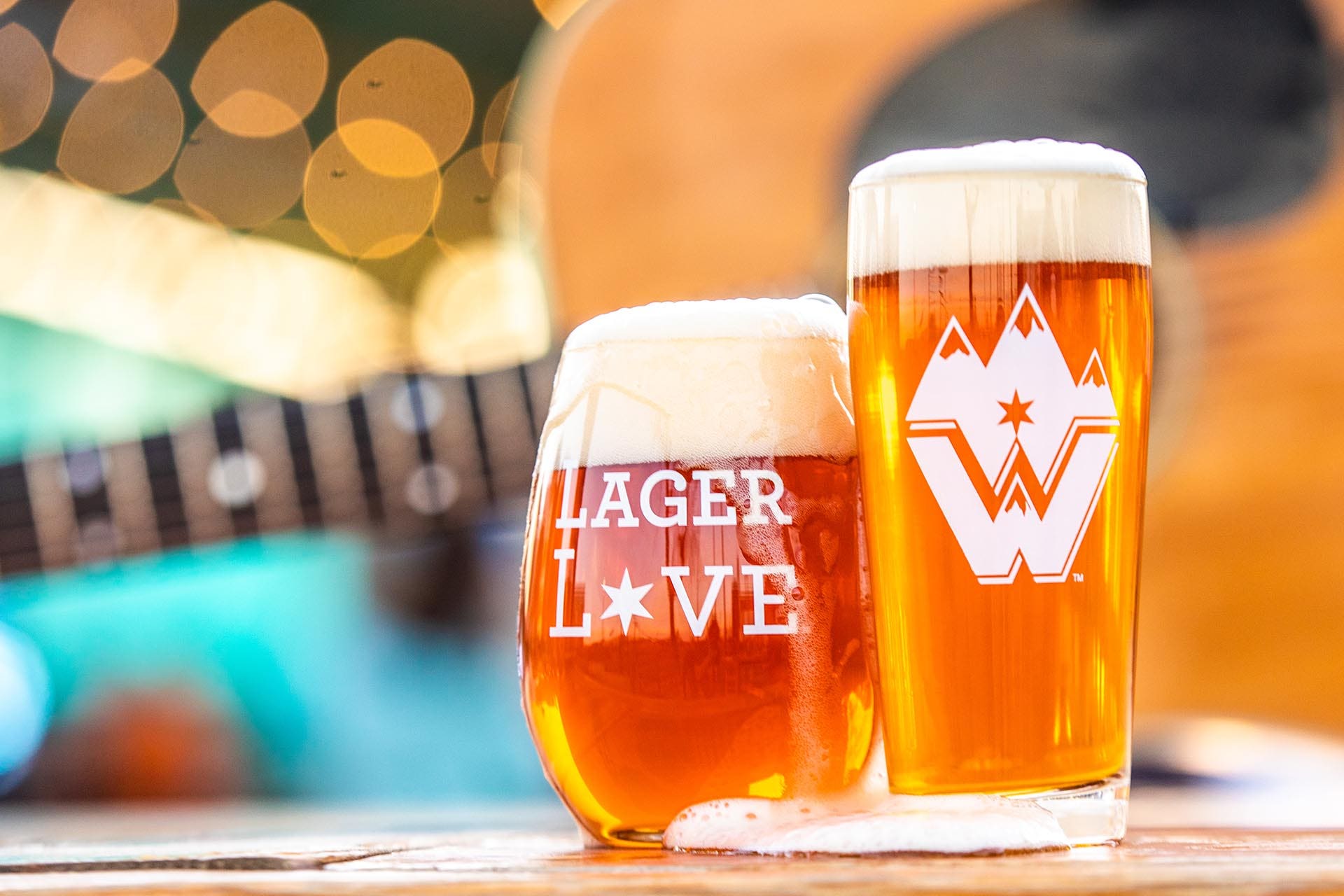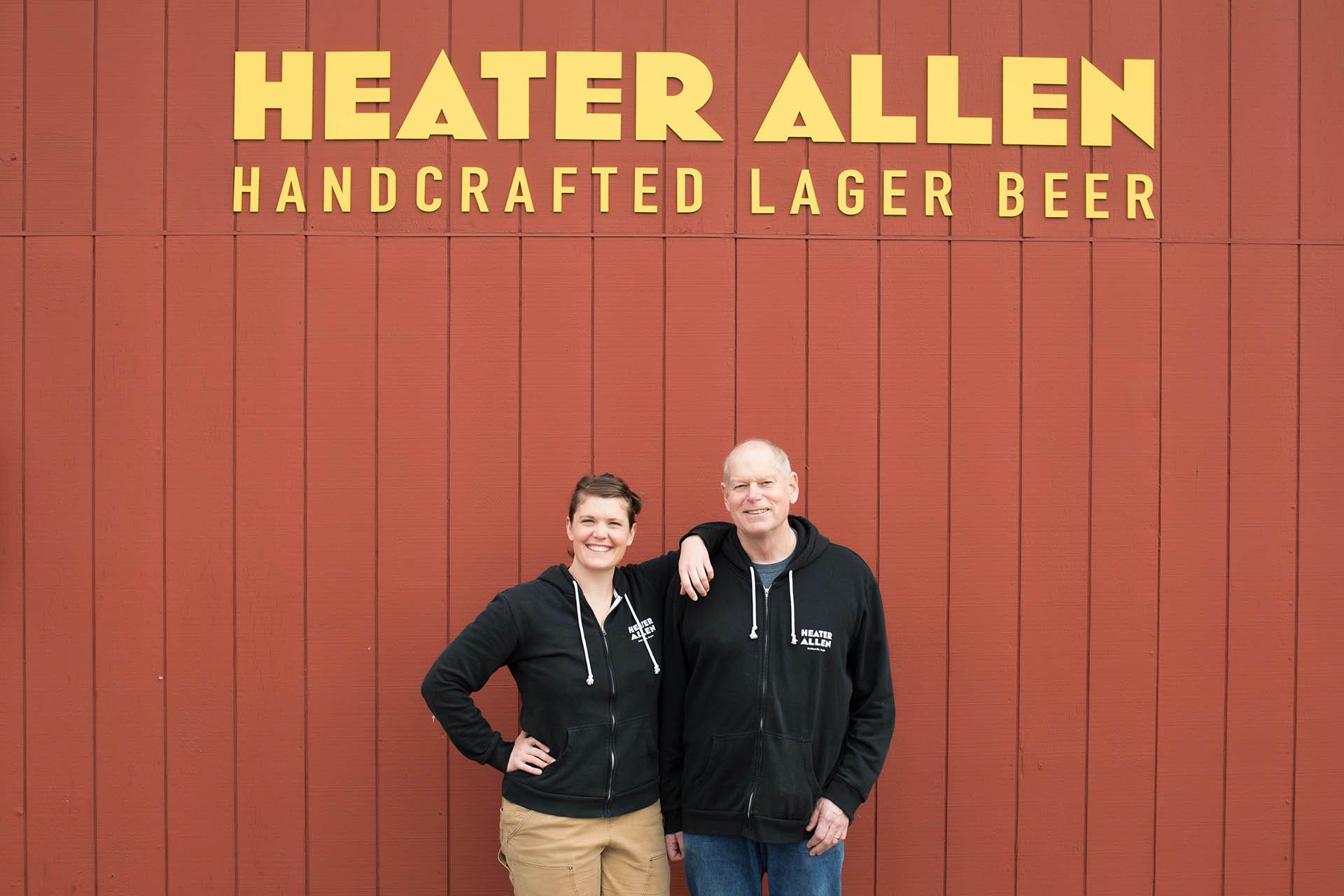Making of Two 100-Point Lagers: Tradition, Patience, Fate and Ingenuity

[ad_1]

A great lager starts to reveal itself at the end of the first glass, and again at the start of the second. This ubiquitous style of beer is dominant around the world. There’s a reason why we reach for them with regularity at ballparks, bars, backyard barbecues or beaches.
Refreshing and crisp, lagers rely heavily on malts for body and flavor, but they count on hops for a touch of spice or whimsy. The style has dominated the America beer scene since at least the 1870s, says Tom Acitelli, author of Pilsner: How the Beer of Kings Changed the World (Chicago Review Press, 2020).
“That’s due in large part to the wave of German immigration in the decades right before,” says Acitelli. “These millions of arrivals brought a taste for lagers versus ales, and many of them created lager-producing juggernauts that cornered the beer market and still dominate U.S. brewing today.”
In recent years, U.S. craft brewers have turned to lagers in droves. They’re eager to convince customers to support local brews, but they also want to drink more lagers themselves.
“The greatest trick ‘big beer’ ever pulled was to make you believe that off flavors in their beers, or inappropriate packaging like clear or green glass, is all part of the lager ‘experience,’ ” says Melissa Cole, author of The Little Book of Lager (Hardie Grant Books, 2020) and a pub owner. “It isn’t, and it shouldn’t be.
“Personally, I don’t think lager is a style, I see it as a process, and the more people understand the lengths to which brewers of high-quality lagered beers go to ensure a great end product, the more I think they’ll appreciate them,” she says.
“Lagering a beer takes time. It’s a longer and frequently more expensive process than producing something like an IPA, requiring the beer to be dropped to very low temperatures for a number of weeks so the yeast can do its thing and clean up the beer after fermentation, and that can apply to numerous styles from a simple Pilsner to a Baltic porter, and a bunch of others like schwarzbier and Vienna lager in between.”
“The greatest trick ‘big beer’ ever pulled was to make you believe that off flavors in their beers, or inappropriate packaging like clear or green glass, is all part of the lager ‘experience,’ ” —Melissa Cole, author, The Little Book of Lager
While pastry stouts, smoothie sours and boozy IPAs might rule Instagram feeds, brewers are more than likely to end a workday with a tall glass of lager. Once upon a time, it might have been Pabst or Coors Banquet in their fridges, but soon enough, most brewers want to make their own, and then strive for perfection.
Wine Enthusiast received more than 300 lagers for blind tasting and review so far in 2021. Many were stunning, ranked highly and worthy of praise. But two beers scored a perfect 100.
The Heater Allen Pils from Heater Allen Brewing in McMinnville, Oregon, and Volksbier, a Vienna Lager from Wibby Brewing in Longmont, Colorado, share the spotlight. Each are rooted in tradition with tweaks that make them stand just a bit taller than others.

These were the first 100-point scores awarded to beers in the magazine’s history.
Lisa Allen is the head brewer at Heater Allen, a brewery her father started in 2007. She says the Pilsner was originally an homage to legendary Czech standout Pilsner Urquell.
Heater Allen’s version leans a little heavier on malt and has a touch more hop character. It’s, as I wrote in the tasting notes, “at once pillowy soft and assertively crisp,” with a toasted, bready character balanced by a spicy hop note. Lagered for at least eight weeks and unfiltered, it’s a beer to enjoy in multiples.

The current version of Wibby Volksbier was born from a mistake, says brewer Ryan Wibby. Its grain supplier sent a different kind of Caramunich malt than what’s usually used for the recipe. Wibby says they decided to use the darker, richer malt anyway.
The result was a revelation, and the revamped version began to sell quickly. It racked up awards like a gold medal at the 2020 Great American Beer Festival.
Heater Allen Pils; $15, 100 points
Both pillowy soft and assertively crisp, this lager has history, patience and skill behind it. It shows a slightly toasted bread character balanced by a spicy hop note. It’s subtle throughout and is, ideally, the kind of lager that should be drank in multiples over an afternoon. Only then, when the brain can absorb it, like background music that suddenly becomes clear, does this pilsner really hit its stride.
Wibby Volskbier Vienna; $10, 100 points
With a luxurious mouthfeel that slowly brings on layers of nuts, warmed caramel and a subtle spiciness from noble hops, this Vienna lager is of remarkable quality. Often beers in this category are too sweet, but here the recipe brings bitterness into the equation for balance. Still, it finishes dry, with only a touch of light brown sugar on the finish.
These lagers were a delight. They showcase the ingenuity of American brewers and their drive to strive for perfection and deep flavor. With more lagers from small breweries debuting every day, there’s a chance for beer lovers to taste something familiar from their own neighborhood.
“And just one final tip for you,” says Cole. “If you’re at a beer festival and you want to know what lager is really good, just take a good look at where all the brewers are hanging out and drinking. They know the score.”
[ad_2]




